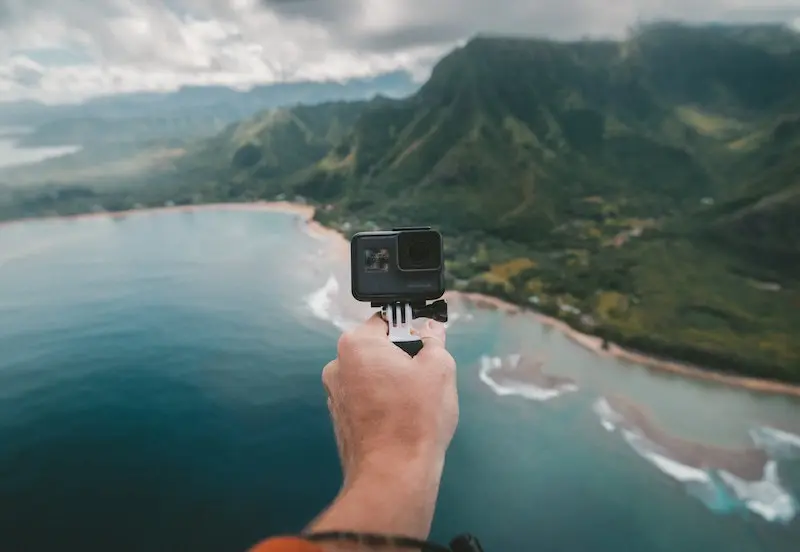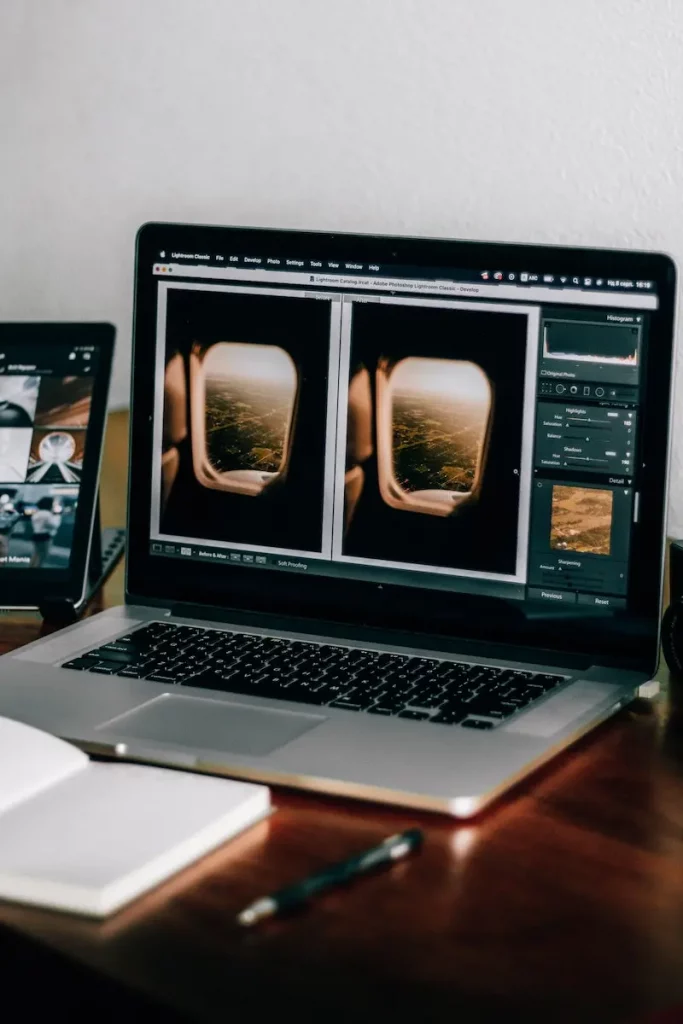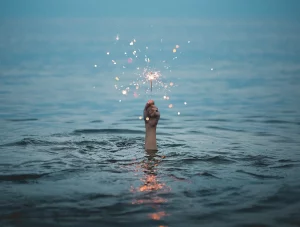The new generations of digital compact cameras have revolutionized photography, as they allow you to take a large amount of photos without compromising quality. Having beautiful photos is essential for companies that want to boost their visibility through a corporate photo, or to increase their sales thanks to a packshot, but also for individuals who want to improve their self-esteem.
Professional photographers take beautiful pictures thanks to their expertise in this field. They also have the best tools in addition to observing certain rules. Indeed, good photography practices guarantee good image quality. The good news is that anyone can apply them. Here are 5 technical tips to implement to create beautiful photos without changing your toolbox.
Table of contents
Use a digital camera to take beautiful photos
It is possible today to take pictures with a smartphone and obtain a high level of quality. Indeed, an increasing number of models are equipped with the latest technology in terms of photography. However, in many situations, it seems wiser to opt for a reflex, a bridge, a compact or a hybrid. With the right equipment, it’s possible to achieve better images with impeccable rendering and sharpness.
The choice is not so easy to make, considering the many camera models available on the market. There is something for every profile (beginner, intermediate or expert) and for every type of photography (wedding photography, portrait photography, travel photography, article photography, etc.). The danger is that you may purchase a model that doesn’t suit your photography habits. In this case, it is more likely that the user’s expectations will not be met.
The GoPro is particularly effective at fulfilling expectations. This action camera has unique capabilities for recording videos, but also for taking pictures. If the practicality of this 2-in-1 camera is an asset, what attracts more attention is its functionality: the GoPro captures the best of the scene to create a photo. But, it still needs to be used properly.
To take beautiful pictures with a GoPro, it is essential to select the photo mode, especially since the video mode is configured by default. According to the expressed need, the user will be able to choose a precise setting, namely
- burst mode;
- night function;
- LiveBurst function;
- the timer;
- the planned shoot.
On some versions, you can benefit from other features such as SuperPhoto or HDR that allow you to obtain a better photo quality depending on the exposure, the place or the composition. It is also possible to set specific settings with the Protune function such as screen resolution or lens by adjusting the field of view for example.

Set the camera in advance to anticipate the shot
When you start to get interested in photography and use a digital camera to take pictures, it’s not unusual to get it wrong sometimes. The important thing is to identify common photo errors and avoid them, such as adjusting your camera at the last moment. It is advisable to make the necessary adjustments beforehand so as not to miss the opportunity to capture a scene that could become an excellent shot.
However, when it comes to settings, care should be taken. Depending on the type of photograph (packshot, portrait photo, art photo, landscape photo, etc.) and the time of day (morning, midday or evening), the type of setting to be made is not the same. Although the easiest thing to do is to select automatic mode and click, hoping that the camera will do the rest to produce beautiful pictures, the result is rarely what you expect.
There is a routine to apply for each situation so that you don’t spend several minutes changing settings in the menu. Once the technique has been acquired, it is easier to get lost and to develop automatisms. In any case, it is recommended that the camera is always set to a short exposure time and a small aperture, which can be changed with a turn of the dial, to be ready when an opportunity to take a memorable shot presents itself.
Mastering photographic composition to create beautiful portraits or landscapes
To create beautiful photos, you must not miss any opportunity to capture a unique moment. Professional photographers know this as well as they know that a successful photo must satisfy certain criteria, such as eye-catching colors and a good set-up. We’re talking about composition. This is the art of ordering the different elements of a photograph. Putting subjects or scenes in space may seem easy at first glance, but nothing could be less obvious.
A good composition may require shifting the subject a bit to make a portrait look better, or moving around to enhance a landscape. This is all the more important with a camera that does not really allow you to manage depth of field and precise focus. To achieve a perfect composition on a photo, it is also possible to integrate an element of the decor or remove it, as desired.
In the end, the most common compositions used by photographers looking for visually interesting photos are:
- the centred composition;
- the rule of thirds;
- change of perspective;
- the balance of the images;
- guidelines;
- post-production cropping.
Editing the image to obtain professional photos
After taking the photos, all that remains is to develop them on real photo paper. Before the development stage, editing may be carried out to give the photos a professional appearance. Editing photos requires specific skills, possessed by a professional photographer, to make certain modifications such as:
- crop the photo: this is to check that the image is straight. Otherwise, we can crop it to remove unwanted or distracting elements, improve the composition or highlight a focal point. The rule of thirds, which is a common cropping and editing technique, gives good results;
- adjust the color temperature: the goal is to reduce the dominant color to get closer to neutrality. To do this, we use the white balance or the color balance of the editing software;
- adjust the brightness: this involves adjusting different sliders. For example, the tone curve and the exposure allow you to edit the backlighting, the excessive darkness or the excessive brightness of an image;
- adjust the saturation: by playing with the saturation, you can make a photo more attractive. A common practice is to highlight certain parts of the image and undersaturate others to direct the eye towards the desired elements. The direction of light on a subject completely changes the viewer’s perception;
- improve the contrast: by using the contrasts, we manage to give dimension to a photograph. Different types of adjustments can be made using texture contrast, tone contrast, color contrast, high contrast or low contrast;
- use a photo filter: this involves using effects, sometimes very original ones, proposed by the editing software to improve the image. The artistic filter that allows you to change the colors or texture of the photos can be an interesting choice.
Other modifications can be made depending on the desired rendering. Thus, the photographer can convert the photo to black and white or make an unwanted element in the composition disappear.

Save photos to keep beautiful shots
To minimize the risk of loss, and because an accident can occur at any time, it would be better to copy your images a second time. Backup is an inexpensive and relatively easy process. Some cameras have two memory card slots for real-time backup. Simply activate the “second copy” or “backup copy” option, and you’re done. This method is simple and autonomous. However, memory cards cannot be renewed. As a result, the transfer rate is low. Moreover, in the context of a trip, the consumption of cards can be significant, which is ultimately quite expensive.
There are other techniques. Some of the best solutions for backing up photos include:
- backup to a USB memory stick: like memory cards, this type of flash memory is very resistant and can store a lot of data for a relatively low price. The medium also has a very high transfer rate. The main disadvantage is that it can quickly get damaged during transport;
- backing up to an SSD or external hard drive requires a laptop. This type of backup is convenient, especially for an external hard drive that offers excellent storage capacity. As for the SSD, it is unbeatable in terms of the speed of data transfer;
- Cloud backup: Online backup is becoming more common. The advantage is that the files are usually duplicated and the backup is relocated. So the risk of loss is almost zero. However, we are not immune to computer attacks. Moreover, data protection is not fully guaranteed;
- backup to a smartphone or tablet: Since the use of a computer is not possible, it is always possible to store photos on a tablet or smartphone from a memory card or an external hard drive. This is a technique that offers the advantage of being less cumbersome, but the transfer time is less than satisfactory.
In short, to create beautiful photos, it is not essential to be a professional photographer. Just apply these different tricks. It is also advisable to choose a flattering angle, because the positioning of the gaze is a point to consider when creating beautiful photos, as well as the light. Using the flash as a main or accent light to illuminate a subject or to brighten the shadows during a session in full sunlight could be appropriate. Another trick is to use a standard photo lens. A 50 mm focal length will certainly do. It is convenient for creating different styles of photographs.










